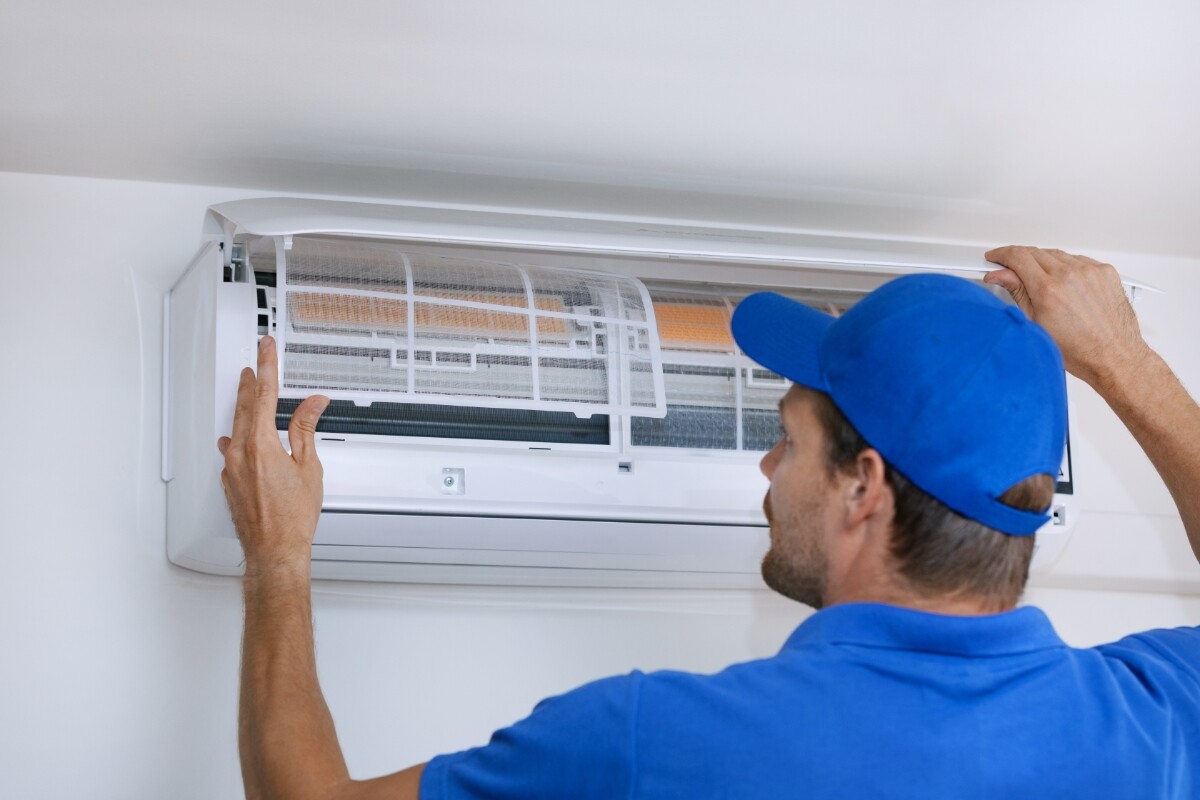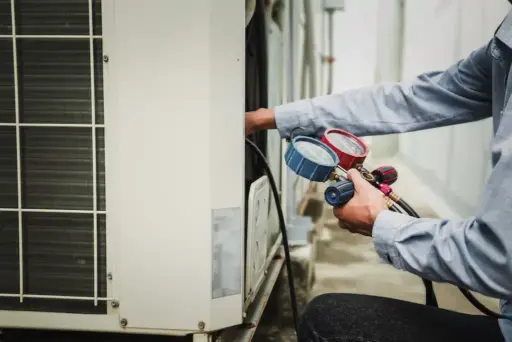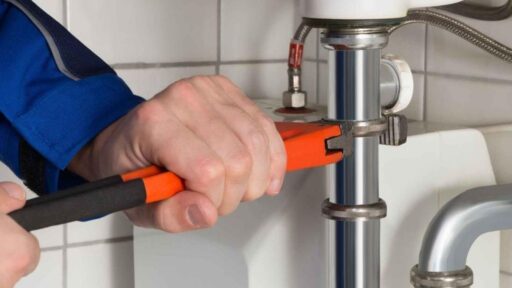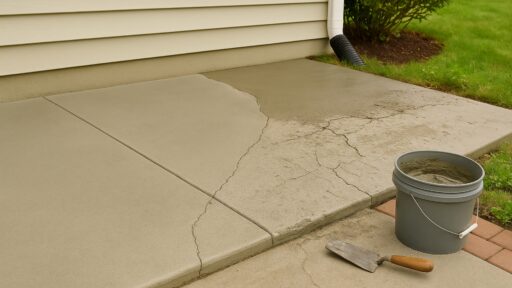Heating and cooling systems today have developed in complexity and design. They now often include features like smart controls, variable-speed motors, and improved refrigerants. These advancements have changed not only how systems operate but also how repair work is approached. Understanding these techniques can provide insight into current practices in maintaining modern units.
The Shift in Repair Approaches for Modern Systems
The ac heating repair now involves more precise diagnostics and updated tools than in the past. Modern HVAC systems typically include electronic components that communicate system performance in real-time. Technicians use specialized diagnostic devices to interpret these signals and identify issues accurately. This approach helps in addressing the specific needs of each system model.
While advanced repairs and system upgrades often involve higher costs, eligible households may qualify for a free boiler grant to improve heating efficiency with minimal upfront investment. For personalized guidance, homeowners can access free expert advice online to explore their options.
Tools and Methods in Contemporary Repairs
Repair professionals now employ various technologies and methods suited for newer heating systems. These techniques often require specialized training to handle advanced system features correctly. These techniques focus on understanding system data, carefully handling components, and ensuring digital controls’ compatibility.
Diagnostic Technology and System Monitoring
Many units have control boards and sensors that send feedback to diagnostic tools. These tools connect directly to the system, allowing technicians to view error codes and operational information.
The process aids in pinpointing problems without relying solely on manual inspection. This method is particularly useful in complex systems where multiple factors affect system performance. By interpreting system data, technicians can verify which parts require attention.
Handling Refrigerants with Accuracy
Refrigerants play a vital role in heat transfer within HVAC systems. Modern repair practices emphasize measuring refrigerant levels precisely. Electronic gauges and leak detectors are commonly used to ensure refrigerant quantities meet system specifications. Accurate refrigerant management can help maintain proper system function. It also aligns with regulatory standards concerning certain types of refrigerants used today.
Working with Variable-Speed Components
Many modern heating units use components that operate at varying speeds depending on demand. Variable-speed compressors and fans adjust to deliver heating more efficiently. Repair work involves checking the electrical and mechanical aspects of these parts. Testing includes verifying motor windings, sensors, and speed controllers to confirm proper operation. These steps ensure components respond correctly to system controls.
Adjusting Smart Thermostats and Controls
Smart thermostats have become common in many systems. They allow for remote adjustments and energy management. Repair work sometimes involves recalibrating these devices or updating their software. Ensuring that thermostats communicate correctly with the HVAC unit can influence heating performance. Compatibility checks between the thermostat and the system are also conducted during repairs.
Routine Inspections and Maintenance Supporting Repairs

In addition to repair techniques, regular inspections and upkeep play a role in system operation. Scheduled inspections often include examining electrical connections, refrigerant lines, and airflow components, while cleaning filters and coils are part of routine maintenance that complements repair activities.
Some systems operate with software that can be updated, and during servicing, firmware or software updates may be applied to adjust system behavior and align it with manufacturer recommendations.
Practical Steps in Standard Heating System Repairs
You will find many repair services that focus on diagnosing and resolving common mechanical and electrical issues in heating systems. These services typically include inspecting thermostats, heating elements, valves, and wiring to identify what needs fixing.
Checking refrigerant levels and addressing any leaks are also standard parts of the repair process. This careful and practical approach helps ensure heating systems provide reliable and safe operation across different environments.
Techniques in ac heating repair have evolved to match system design and technology changes. Diagnostic tools, precise refrigerant handling, and attention to smart controls reflect this evolution.
These methods focus on addressing the specific characteristics of modern HVAC systems. Understanding these repair practices offers insight into how heating units are maintained today.








